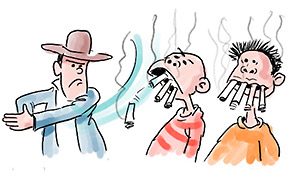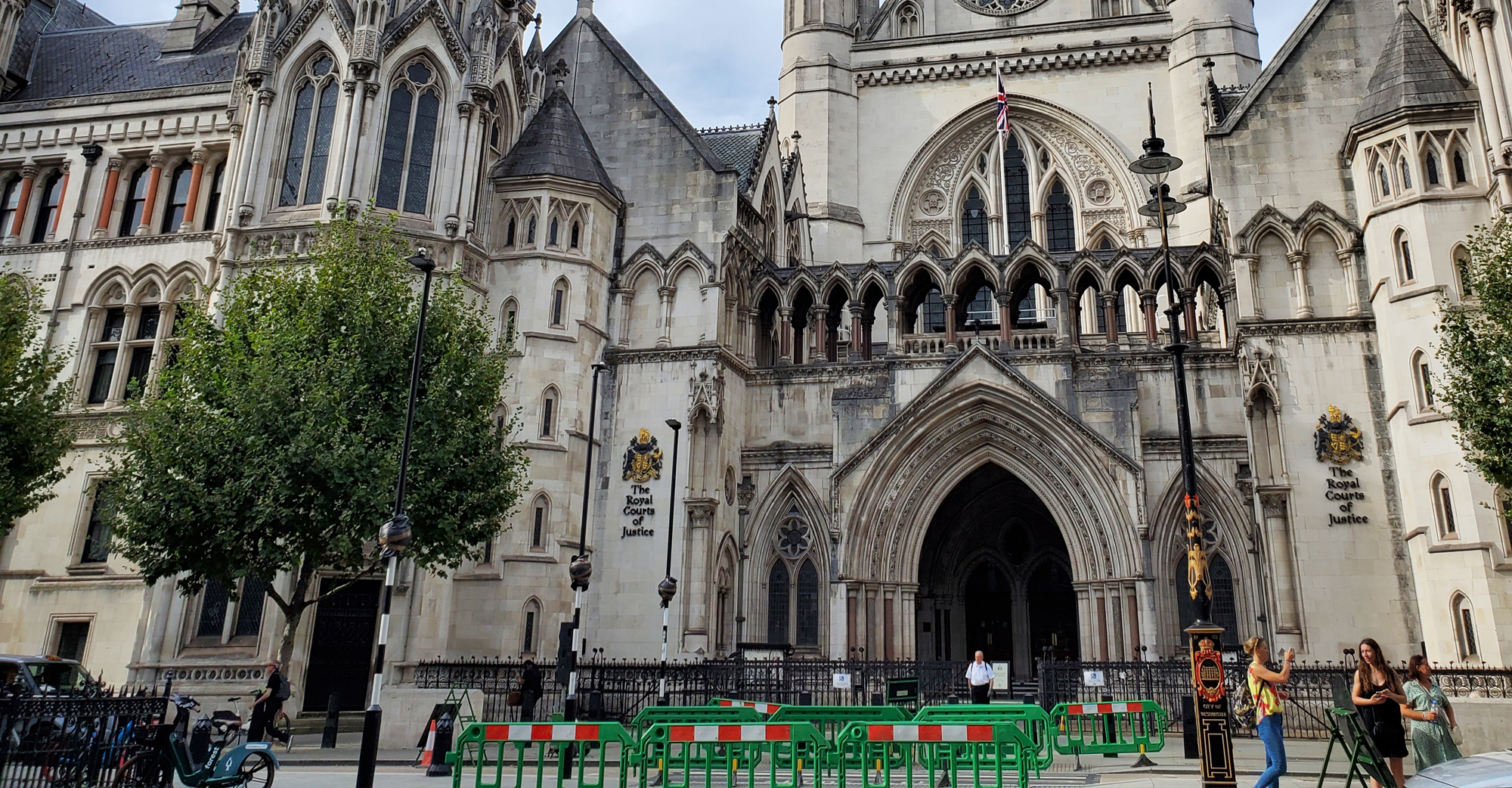What’s the world’s most consumed fruit? Name the nation which smokes the most. These and more are in our latest trivia game.
Global Trivia 5
You have multiple choices. An explanation and a reference comes after every question. There is no fixed order so you can choose from any of the boxes. The SHADED BOXES are what you already answered. Your final score is at the END. Don't hit REFRESH unless you want to start all over. This is part of a continuing series in Traveling Boy.
Start
Congratulations!
You have completed Global Trivia 5.

You scored %%SCORE%% out of a possible 5 points.
Your performance was: %%RATING%%
Your answers are highlighted below.
Question 1 |

What nation invented gun powder?
A | China |
B | Italy (the Roman Empire) |
C | Great Britain |
D | Japan |
E | Mongolia |
Question 1 :
A. China
Gunpowder was invented in 9th-century China, attributed to experimentation in Chinese alchemy by Taoists in the pursuit of immortality, and is listed as one of the "Four Great Inventions" of China. Gunpowder was first used for warfare about 904 A.D. by the reigning Sung dynasty against the Mongols, whose constant invasions into the country plagued the Chinese. The Mongols were the first to be subjected to flying fire — an arrow fixed with a tube of gunpowder that ignited and would propel itself across enemy lines. More gunpowder-based weapons were invented by the Chinese in the next centuries, including the first cannons and grenades. Chinese innovation actually included a rife made of bamboo. Gunpowder spread via the Silk Road and eventually to Europe where it changed warfare forever.
Gunpowder was invented in 9th-century China, attributed to experimentation in Chinese alchemy by Taoists in the pursuit of immortality, and is listed as one of the "Four Great Inventions" of China. Gunpowder was first used for warfare about 904 A.D. by the reigning Sung dynasty against the Mongols, whose constant invasions into the country plagued the Chinese. The Mongols were the first to be subjected to flying fire — an arrow fixed with a tube of gunpowder that ignited and would propel itself across enemy lines. More gunpowder-based weapons were invented by the Chinese in the next centuries, including the first cannons and grenades. Chinese innovation actually included a rife made of bamboo. Gunpowder spread via the Silk Road and eventually to Europe where it changed warfare forever.
Question 2 |

Name the Country That Smokes The Most Cigarettes
A | Greece |
B | Kiribati |
C | Russia |
D | Serbia |
E | USA |
Question 2 :
B. Kiribati
Kiribati tops the list with about 52.2% of the population identifying them as smokers. In this small country in the South Pacific, laws regulating tobacco are not strict and smoking is not prohibited in many public places. It is said that two-thirds of all men in Kiribati are smokers. The World Health Organization calls tobacco use in Kiribati an "epidemic."
Kiribati tops the list with about 52.2% of the population identifying them as smokers. In this small country in the South Pacific, laws regulating tobacco are not strict and smoking is not prohibited in many public places. It is said that two-thirds of all men in Kiribati are smokers. The World Health Organization calls tobacco use in Kiribati an "epidemic."
| Rank | Country | Prevelence of Smoking (%) |
| 1 | Kiribati | 52.2% |
| 2 | Nauru | 47.5% |
| 3 | Greece | 42.4% |
| 4 | Serbia | 41.6% |
| 5 | Jordan | 41.0% |
| 6 | Indonesia | 39.8% |
| 7 | Russia | 39.1% |
Question 3 |

Name the World’s Most Dangerous City
A | Los Cabos, Mexico |
B | Detroit, USA |
C | Palermo, Italy |
D | Rio de Janeiro, Brazil |
E | Tijuana, Mexico |
Question 3 :
A. Los Cabos, Mexico
Los Cabos, Mexico is the most dangerous city in the world with a murder rate of 111.33 per 100,000 people. This city's position on the list of the world's most dangerous cities is indicative of the increase in crime that Mexico has experienced over the last year. In 2017 and 2018, the resort town made headlines news for a string of alarming murders. The majority of the violence in Los Cabos has mostly been related to the drug trade, and tourists have not been the target. Nonetheless, the instances of violence are still drastic, and have earned the popular vacation destination first-place of the world's most dangerous cities.
The World Health Organization
Los Cabos, Mexico is the most dangerous city in the world with a murder rate of 111.33 per 100,000 people. This city's position on the list of the world's most dangerous cities is indicative of the increase in crime that Mexico has experienced over the last year. In 2017 and 2018, the resort town made headlines news for a string of alarming murders. The majority of the violence in Los Cabos has mostly been related to the drug trade, and tourists have not been the target. Nonetheless, the instances of violence are still drastic, and have earned the popular vacation destination first-place of the world's most dangerous cities.
| Rank | City | Country | Homicide Rate (Per 100,000) |
| 1 | Los Cabos | Mexico | 111.33 |
| 2 | Caracas | Venezuela | 111.19 |
| 3 | Acapulco | Mexico | 106.63 |
| 4 | Natal | Brazil | 102.56 |
| 5 | Tijuana | Mexico | 100.77 |
The World Health Organization
Question 4 |

What nation has the MOST official languages?
A | China |
B | India |
C | New Zealand |
D | The Philippines |
E | Zimbabwe |
Question 4 :
B. India
India has 22 official languages, with Hindi by far the most spoken language in the country. The other major languages of the country are English, Bengali, Telugu, Marathi, and Tamil.
Zimbabwe has 16 official which are Chewa, Chibarwe, English, Kalanga, Koisan, Nambya, Ndau, Ndebele, Shangani, Shona, Sotho, Tonga, Tswana, Venda, Xhosa, and sign language.
The United States technically had no official language at the federal level. America's Founding Fathers did not wish to establish an official language, and were happy to distribute documents like the Declaration of Independence in non-English languages (which at that time meant primarily French and German) to speakers of those languages, in order to win their support for the revolutionary cause. English today is the primary written language used for legislation, regulations, executive orders, treaties and federal court rulings. Recently, 32 U.S. states, as part of what has been called the English-only movement, have adopted legislation granting official status to English. Nonetheless, laws require documents such as ballots to be printed in multiple languages when there are large numbers of non-English speakers in the respective state. For example, Hawaii recognizes both English and Hawaiian as official languages, and Louisiana both English and French. English and twenty native languages are official in Alaska, and in New Mexico, although the state constitution does not specify an official language, laws are published in English and Spanish, and government materials and services are legally required (by Act) to be made accessible to speakers of both languages as well as Navajo and various Pueblo languages. New Mexico also has its own dialect of Spanish, which differs from Spanish spoken in the rest of Latin America.
The World Atlas
India has 22 official languages, with Hindi by far the most spoken language in the country. The other major languages of the country are English, Bengali, Telugu, Marathi, and Tamil.
Zimbabwe has 16 official which are Chewa, Chibarwe, English, Kalanga, Koisan, Nambya, Ndau, Ndebele, Shangani, Shona, Sotho, Tonga, Tswana, Venda, Xhosa, and sign language.
The United States technically had no official language at the federal level. America's Founding Fathers did not wish to establish an official language, and were happy to distribute documents like the Declaration of Independence in non-English languages (which at that time meant primarily French and German) to speakers of those languages, in order to win their support for the revolutionary cause. English today is the primary written language used for legislation, regulations, executive orders, treaties and federal court rulings. Recently, 32 U.S. states, as part of what has been called the English-only movement, have adopted legislation granting official status to English. Nonetheless, laws require documents such as ballots to be printed in multiple languages when there are large numbers of non-English speakers in the respective state. For example, Hawaii recognizes both English and Hawaiian as official languages, and Louisiana both English and French. English and twenty native languages are official in Alaska, and in New Mexico, although the state constitution does not specify an official language, laws are published in English and Spanish, and government materials and services are legally required (by Act) to be made accessible to speakers of both languages as well as Navajo and various Pueblo languages. New Mexico also has its own dialect of Spanish, which differs from Spanish spoken in the rest of Latin America.
The World Atlas
Question 5 |

What is the world’s most popular fruit?
A | Apples |
B | Bananas |
C | Oranges |
D | Pears |
E | Tomatoes |
Question 5 :
E. Tomatoes
The Tomato has origins tracing back to around 700 A.D. The word tomato is derived from the Aztec word xitomatl. The tomato most likely originated in the Andes mountains of Peru and spread to most parts of South and Central America and eventually to Mexico. The tomato was discovered by the Spanish Conquistadors while conquering the Americas, who brought it back to Spain in the mid-sixteenth century. The fruit was called “tomatl.” The first written account of the tomato in Italy dates to 1548 in Tuscany. The cuisine of Southern Italian peasants, who often lacked meats and other proteins, developed a diet in which tomatoes, olive oil, spices and vegetables were eaten with rice, polenta or on top of bread – creating something very close to the modern pizza. In Naples around 1800, a recipe was written about – pasta al pomodoro, which is the very first mention of tomatoes being married to pasta.
The odd thing is that the tomato became popular in Europe long before it came to be used in North America. Colonial America thought the tomato was a poisonous plant, a close cousin of Nightshade.
- Tomatoes (170.75 million metric tons).
- Bananas (114.13 m.m.t.)
- Watermelons (111 m.m.t.)
- Apples (84.63 m.m.t.)
- Grapefruit (83.97 m.m.t.)
The Tomato has origins tracing back to around 700 A.D. The word tomato is derived from the Aztec word xitomatl. The tomato most likely originated in the Andes mountains of Peru and spread to most parts of South and Central America and eventually to Mexico. The tomato was discovered by the Spanish Conquistadors while conquering the Americas, who brought it back to Spain in the mid-sixteenth century. The fruit was called “tomatl.” The first written account of the tomato in Italy dates to 1548 in Tuscany. The cuisine of Southern Italian peasants, who often lacked meats and other proteins, developed a diet in which tomatoes, olive oil, spices and vegetables were eaten with rice, polenta or on top of bread – creating something very close to the modern pizza. In Naples around 1800, a recipe was written about – pasta al pomodoro, which is the very first mention of tomatoes being married to pasta.
The odd thing is that the tomato became popular in Europe long before it came to be used in North America. Colonial America thought the tomato was a poisonous plant, a close cousin of Nightshade.
Once you are finished, click the button below. Any items you have not completed will be marked incorrect.
Get Results
There are 5 questions to complete.
You have completed
questions
question
Your score is
Correct
Wrong
Partial-Credit
You have not finished your quiz. If you leave this page, your progress will be lost.
Correct Answer
You Selected
Not Attempted
Final Score on Quiz
Attempted Questions Correct
Attempted Questions Wrong
Questions Not Attempted
Total Questions on Quiz
Question Details
Results
Date
Score
Hint
Time allowed
minutes
seconds
Time used
Answer Choice(s) Selected
Question Text
All done
Deplorable! You need to travel more! This is pathetic!
Deplorable! You need to travel more! This is pathetic!
Deplorable! You need to travel more! This is pathetic!
Embarrassing! Keep trying! We know you're better than that. Play the game again.
Not that bad! But not good either. Play the game again.
Pretty good ... but not perfect.
Perfect! Are you brilliant traveler or what?

